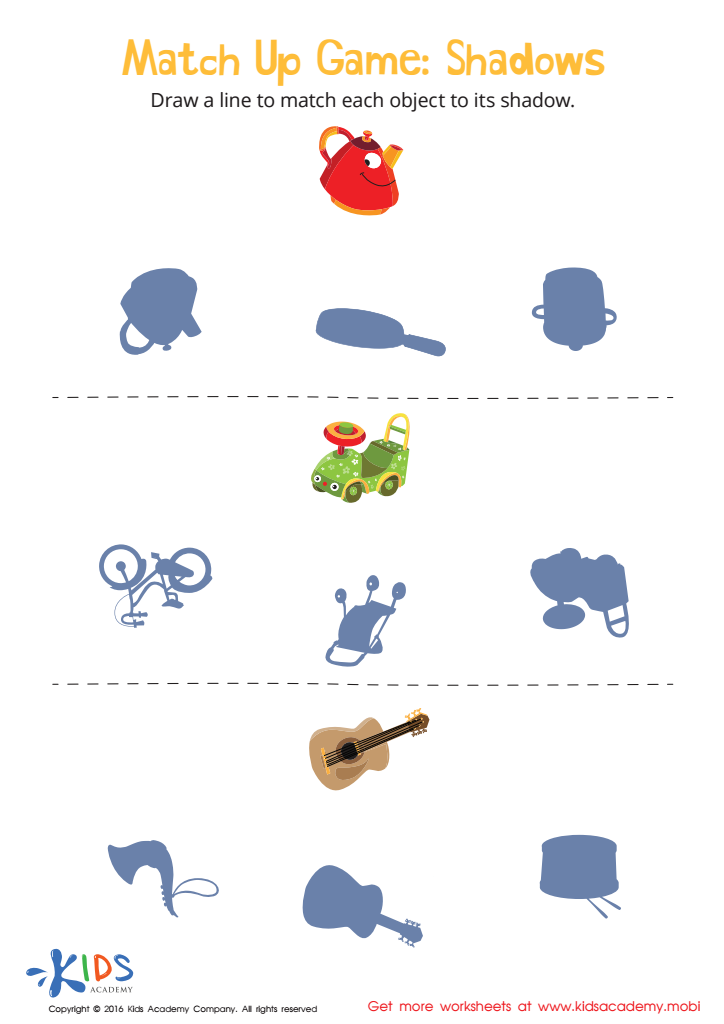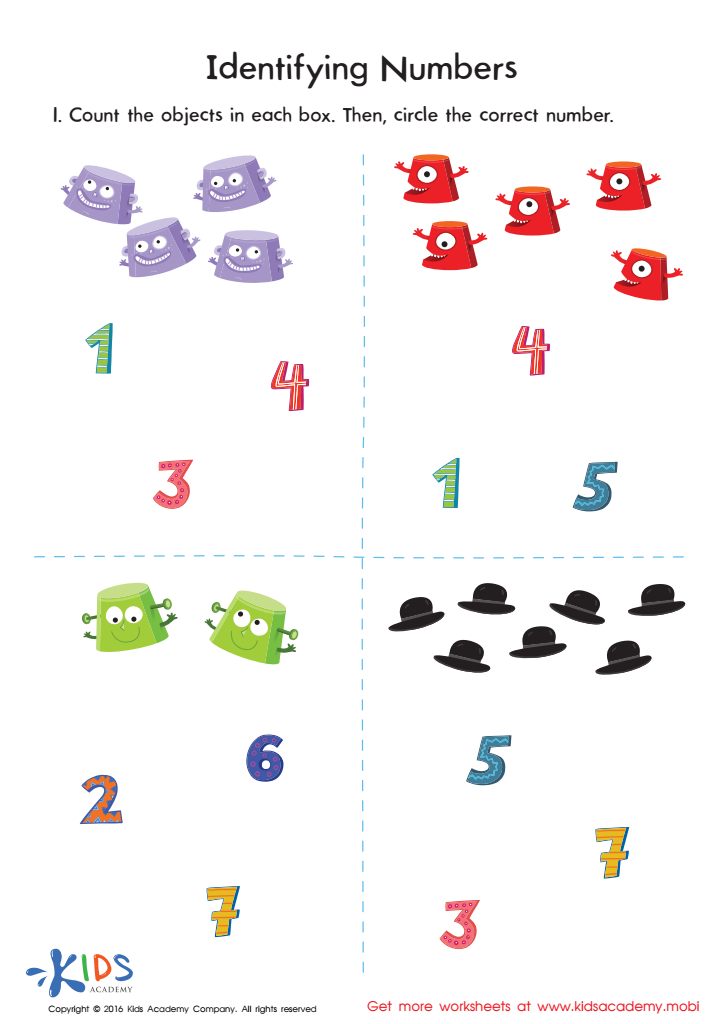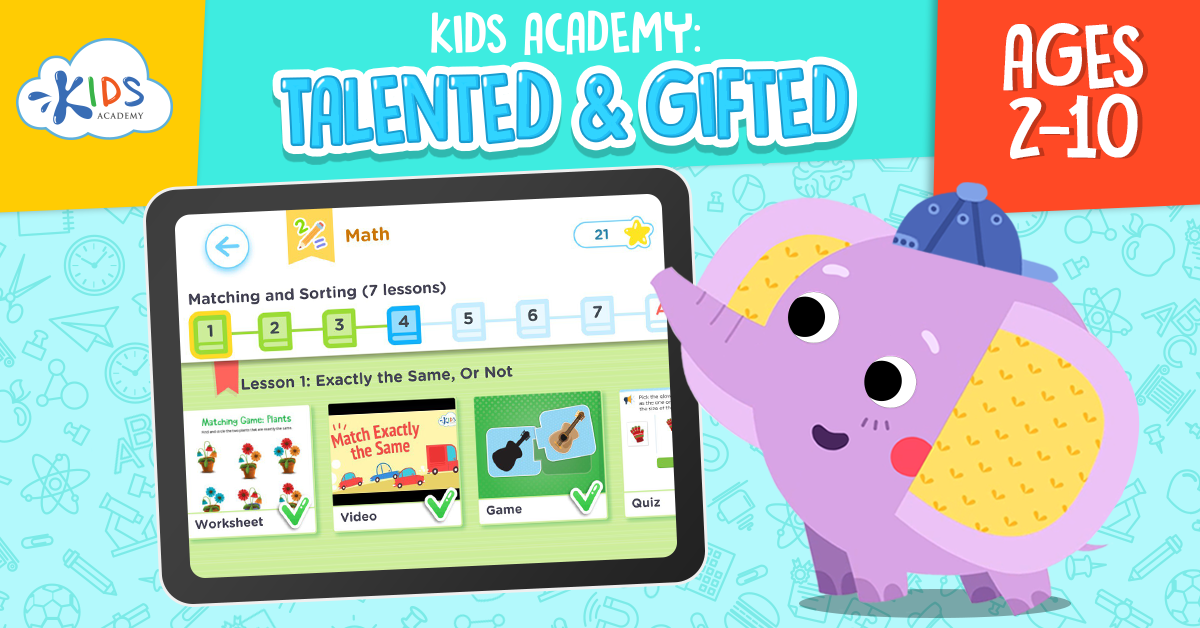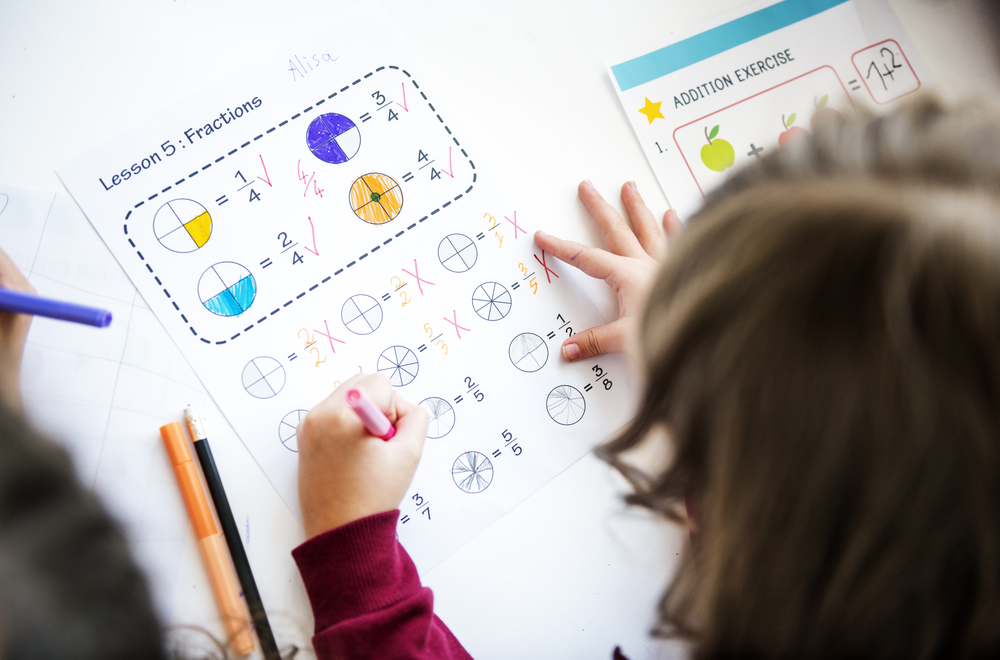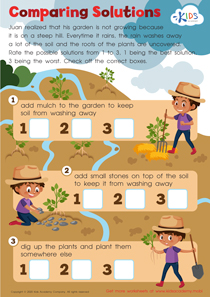Matching worksheets activities for Ages 3-8
82 filtered results
-
From - To
Discover engaging matching worksheet activities designed for children ages 3 to 8! Our collection promotes cognitive development, enhances logical thinking, and builds essential early learning skills through fun and interactive exercises. Each worksheet challenges young minds with colorful images and relatable themes, making learning enjoyable and effective. Ideal for home schooling or classroom settings, these worksheets encourage matching shapes, colors, numbers, and objects, fostering critical observation and reasoning abilities. Easily printable and suitable for various settings, our matching activities strengthen your child’s focus, memory, and comprehension skills while sparking their curiosity. Explore our resources to help little learners thrive!
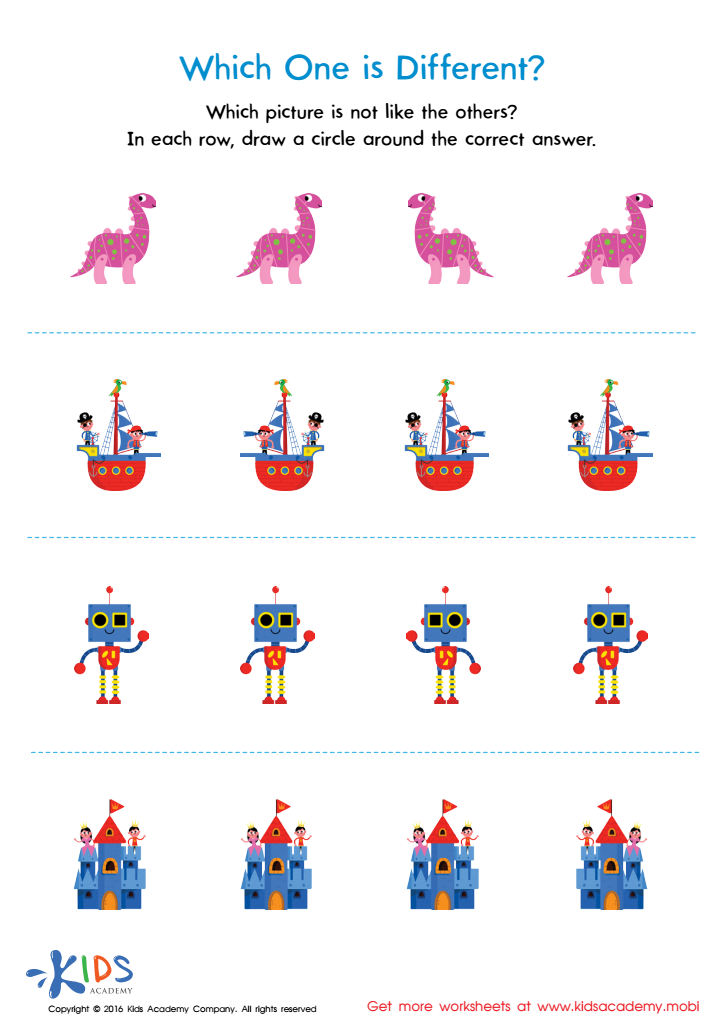

Which One Is Different Worksheet
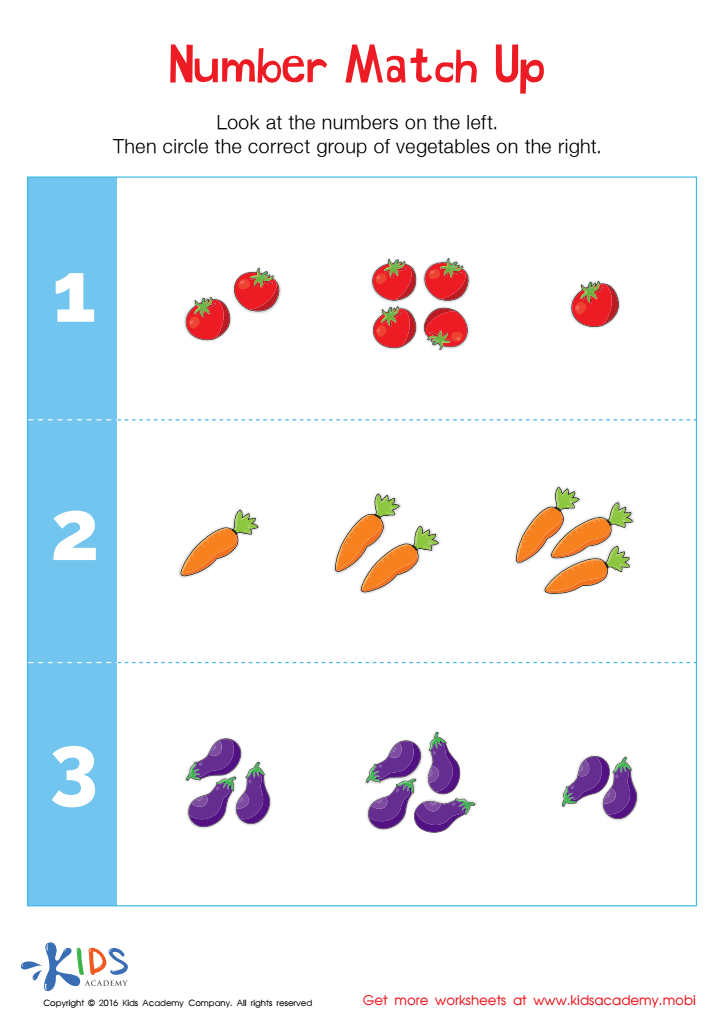

Number Match Up Worksheet
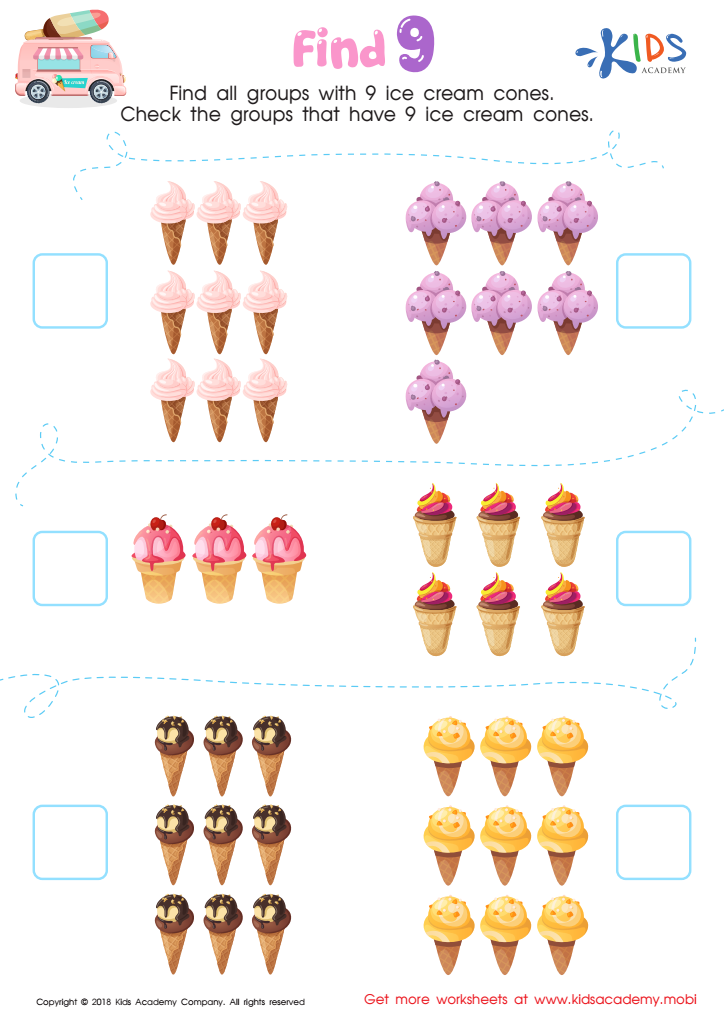

Find 9 Worksheet
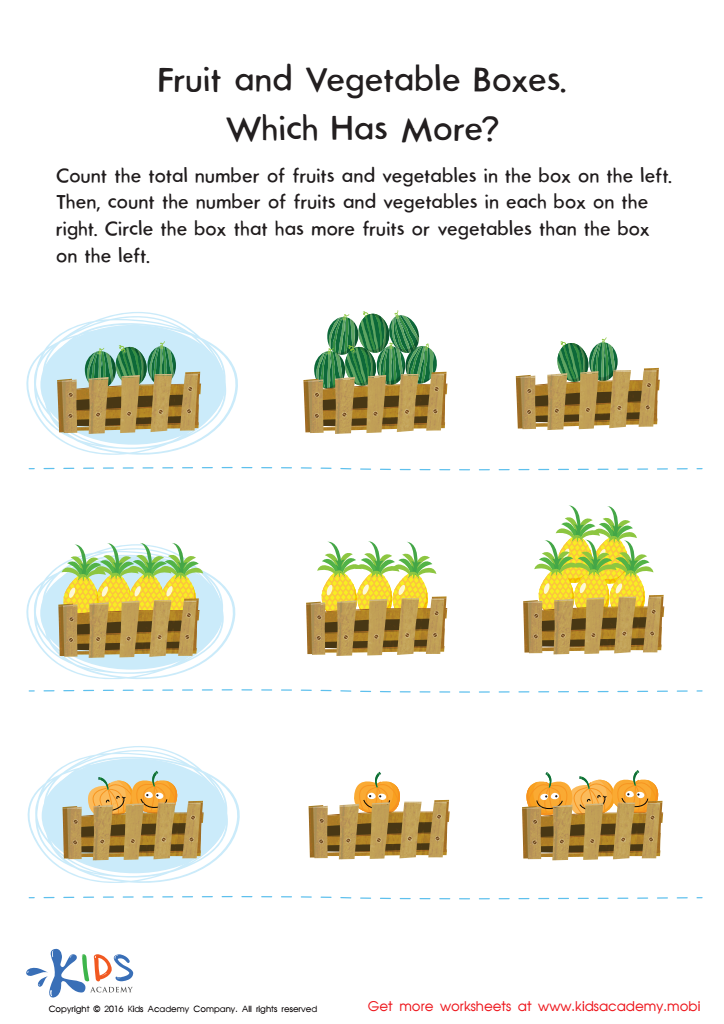

Which Has More? Size Worksheet
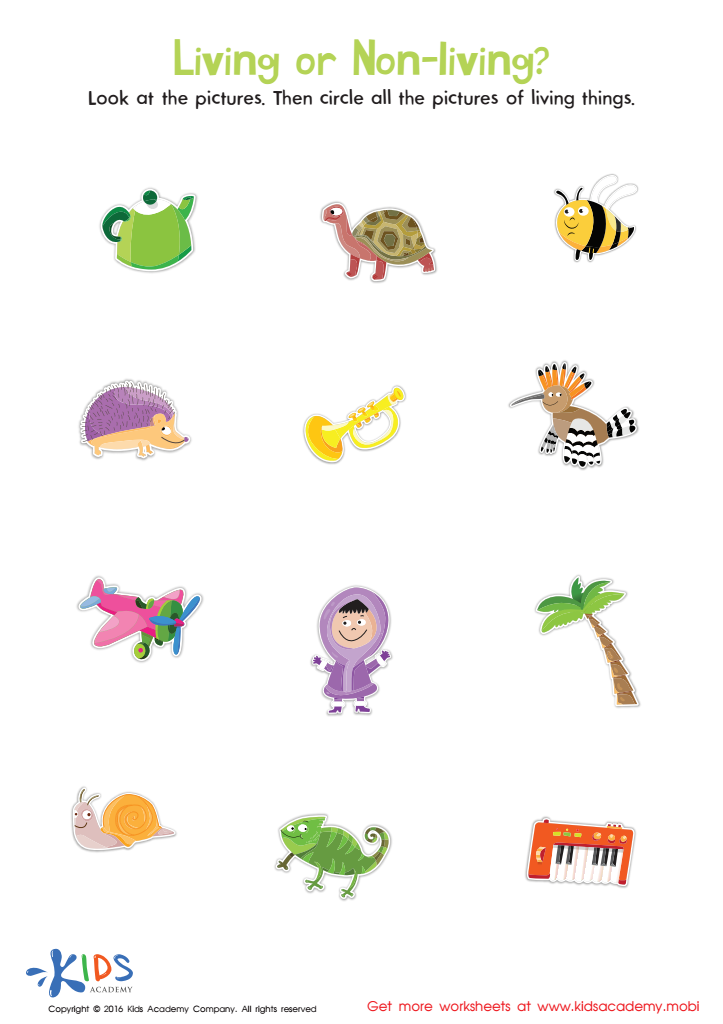

Identifying Living and Non–living Things Sorting Worksheet
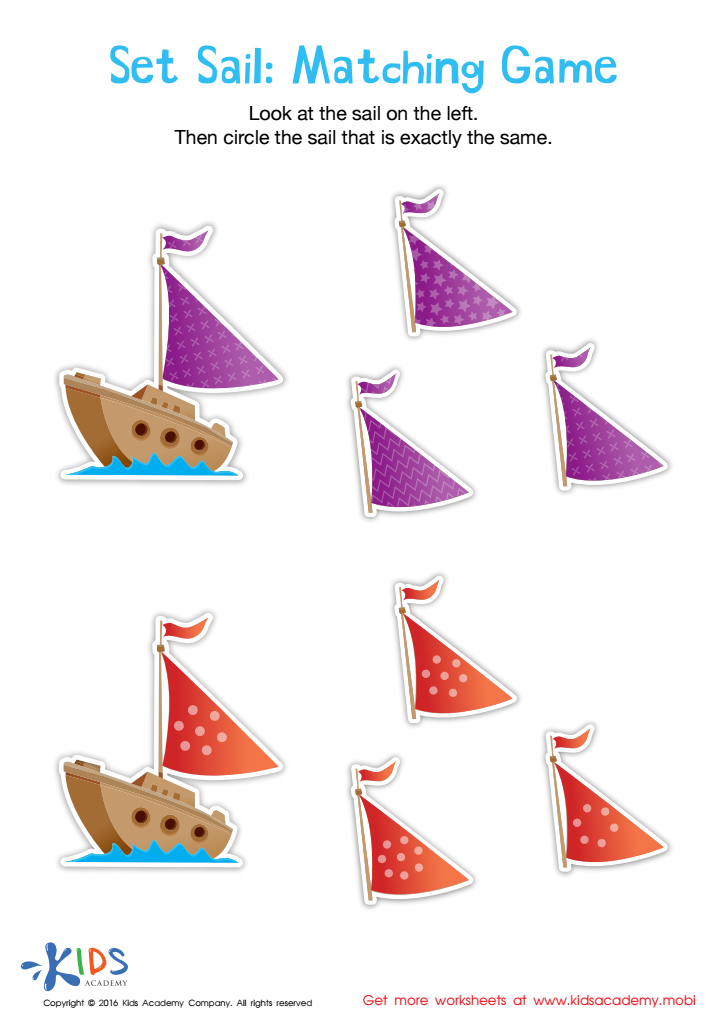

Set Sail Worksheet
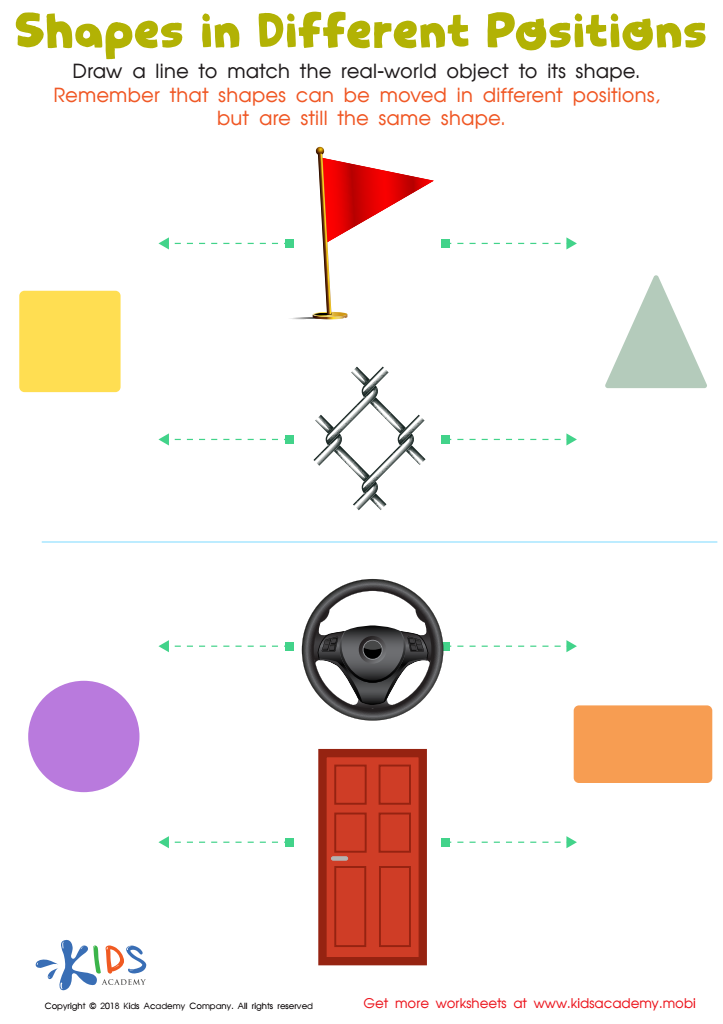

Shapes in Different Positions Worksheet
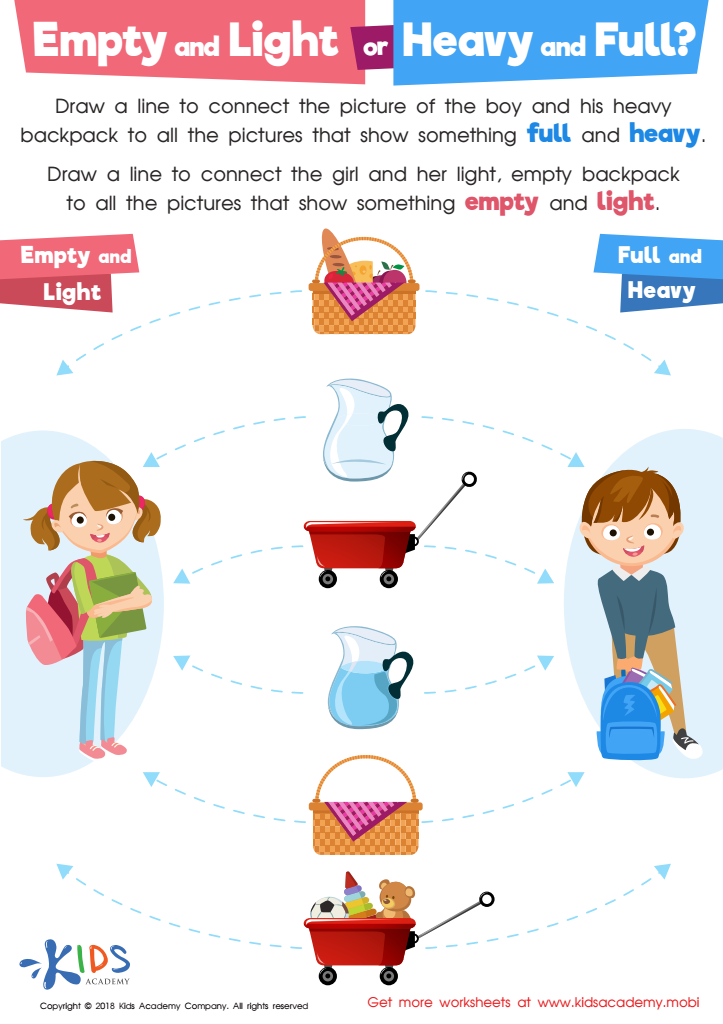

Empty and Light or Heavy and Full? Worksheet
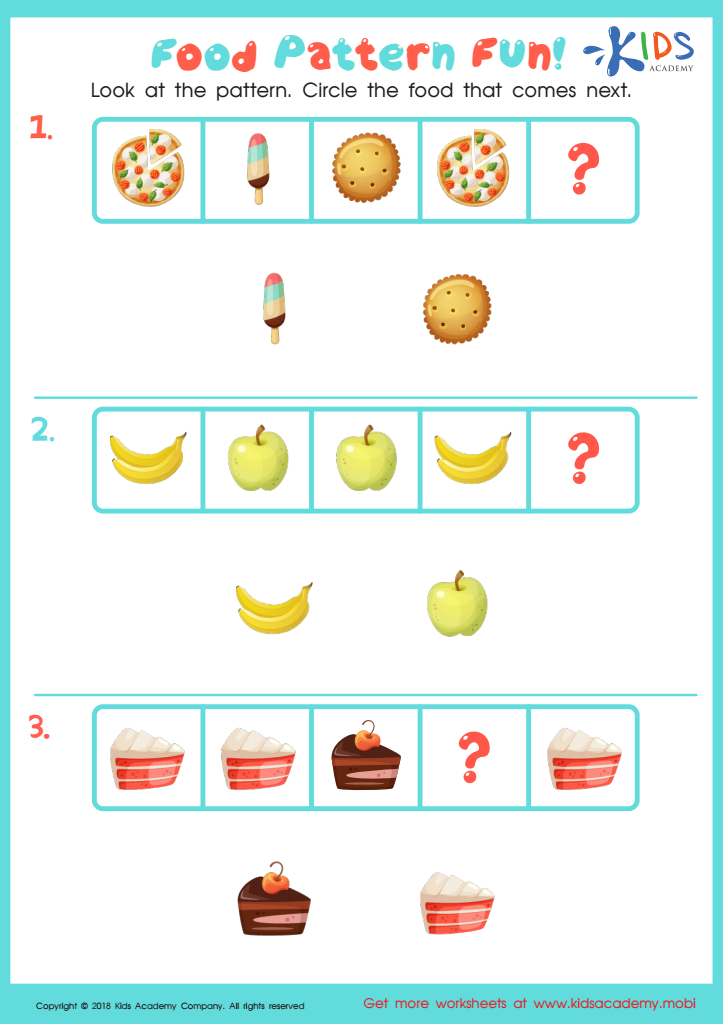

Food Pattern Fun Worksheet
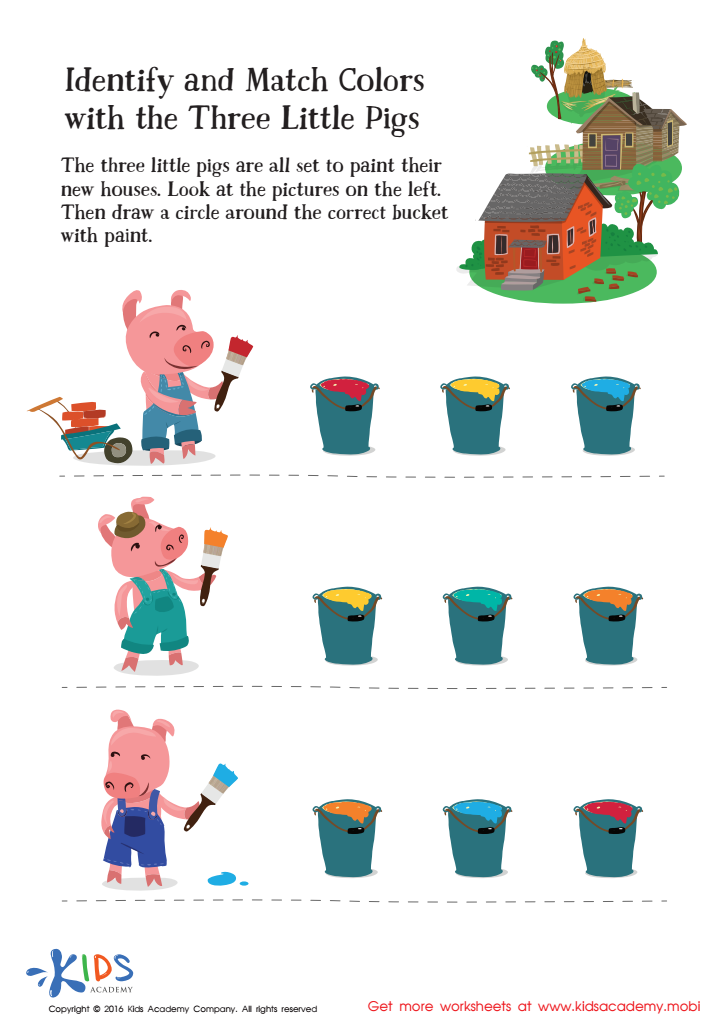

Fairy Tale Worksheet: Identify and Match Colors with Three Little Pigs
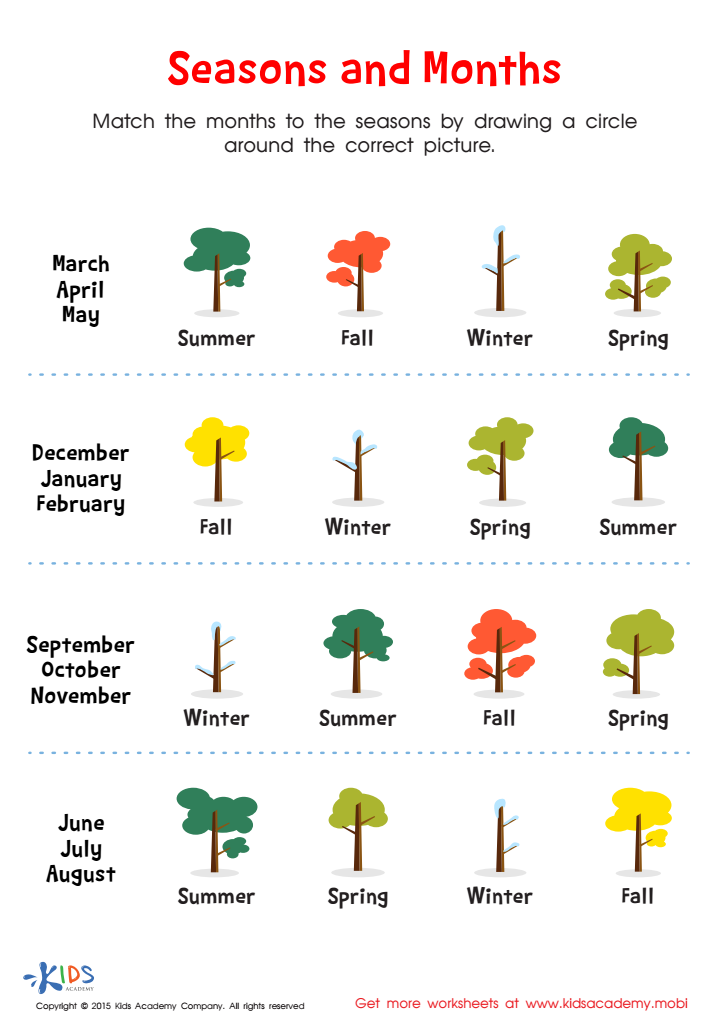

Seasons and Months Worksheet
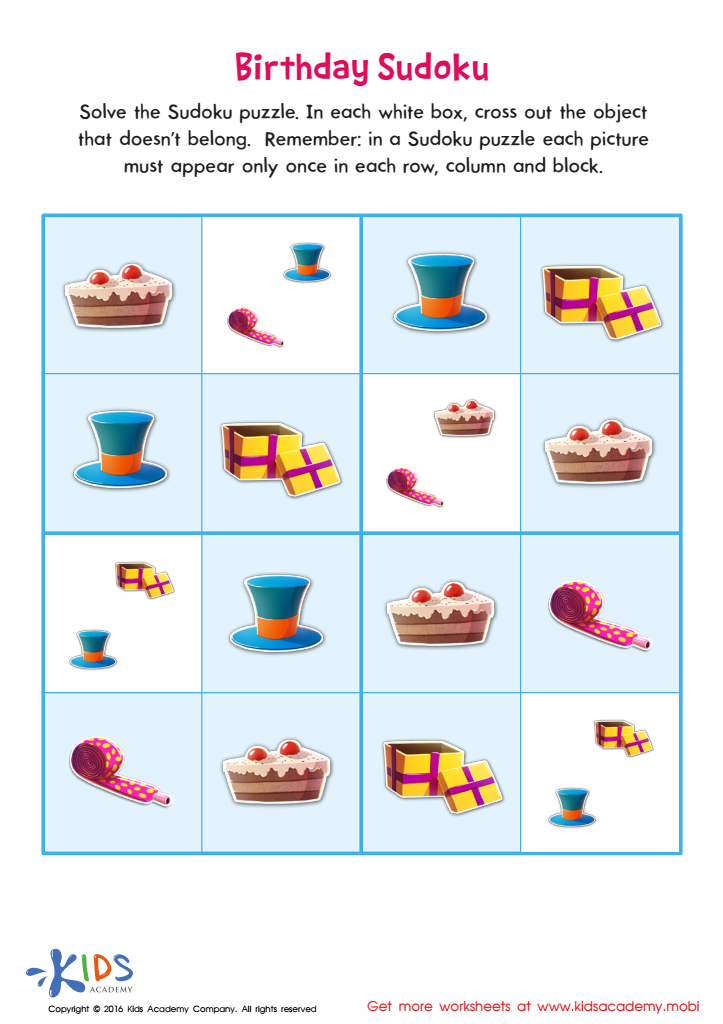

Birthday Sudoku Sorting Worksheet
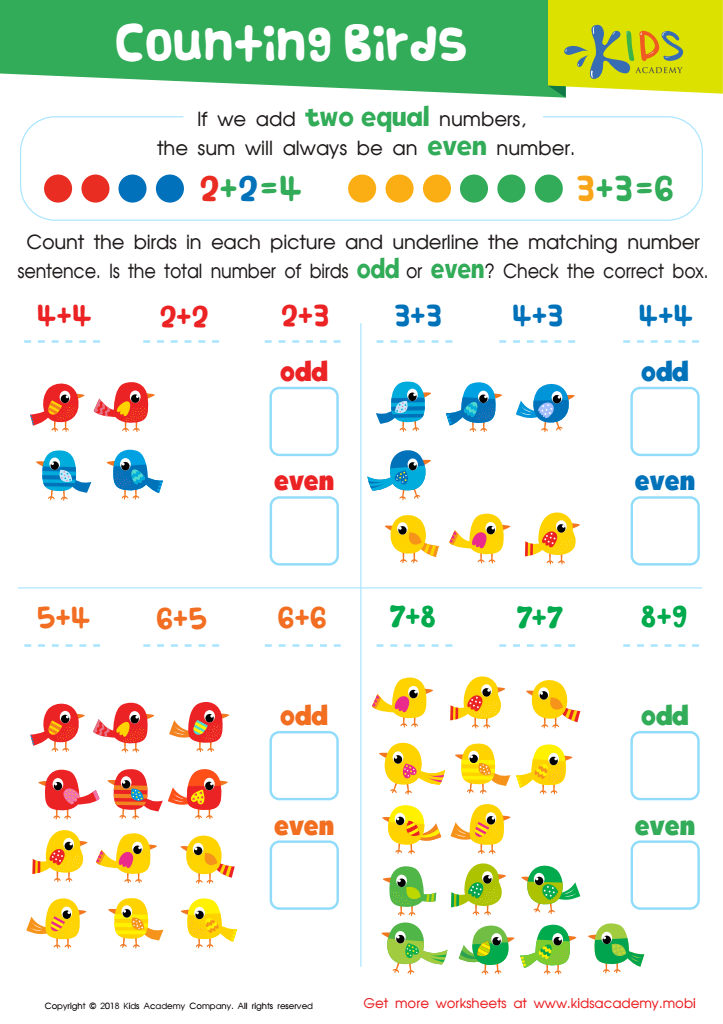

Counting Birds Worksheet
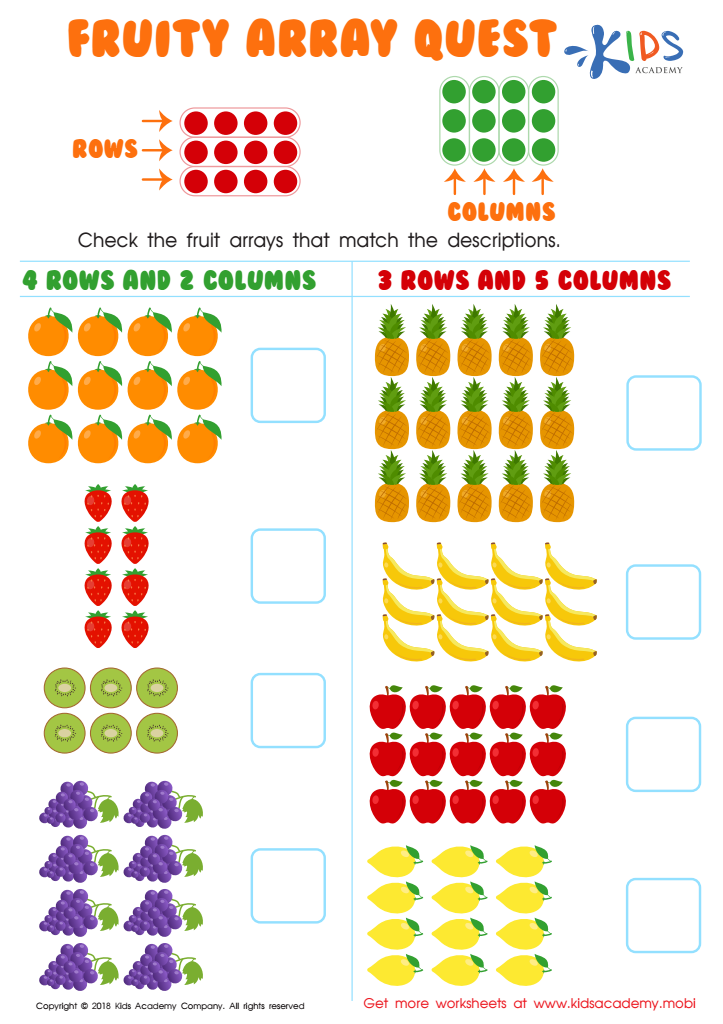

Fruity Array Quest Worksheet
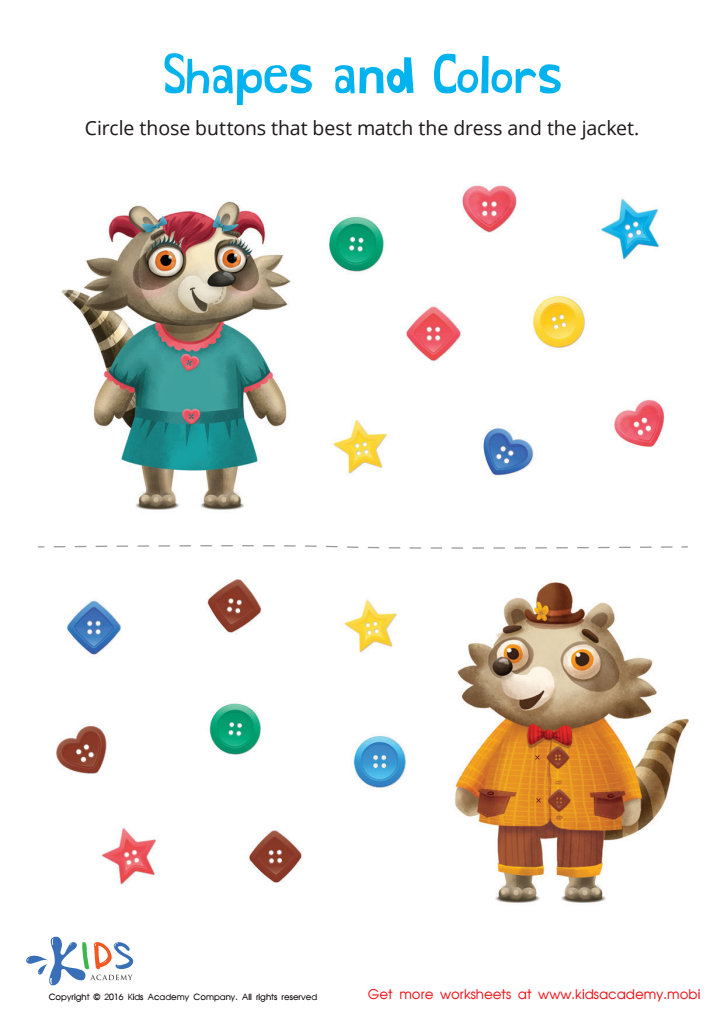

Matching: Shapes and Colors Worksheet
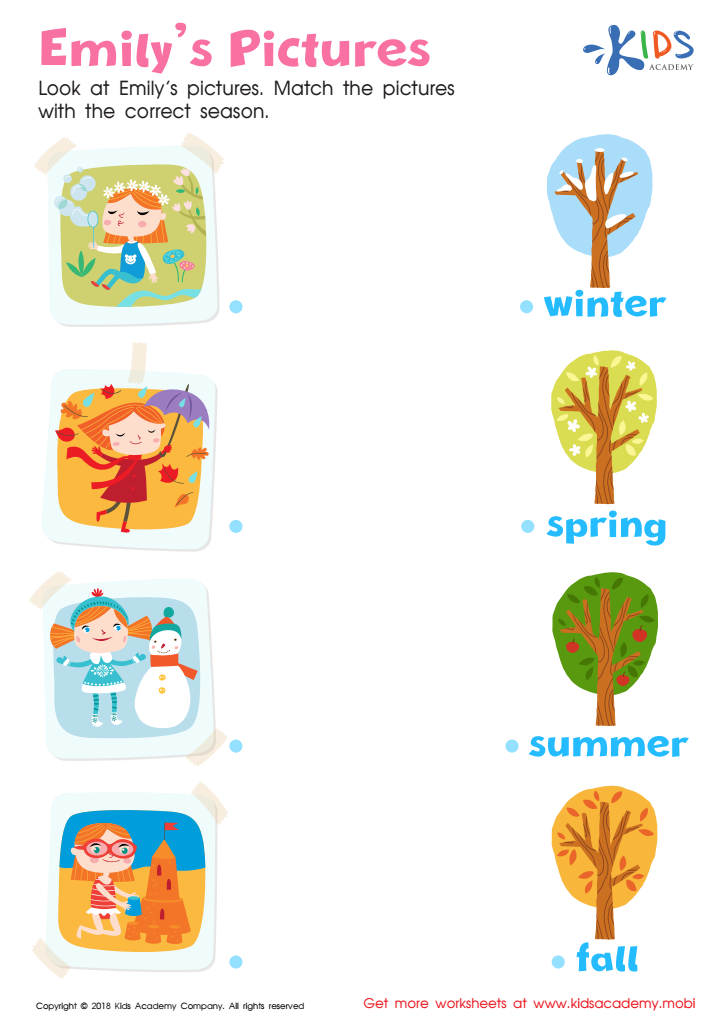

Emily's Pictures Worksheet
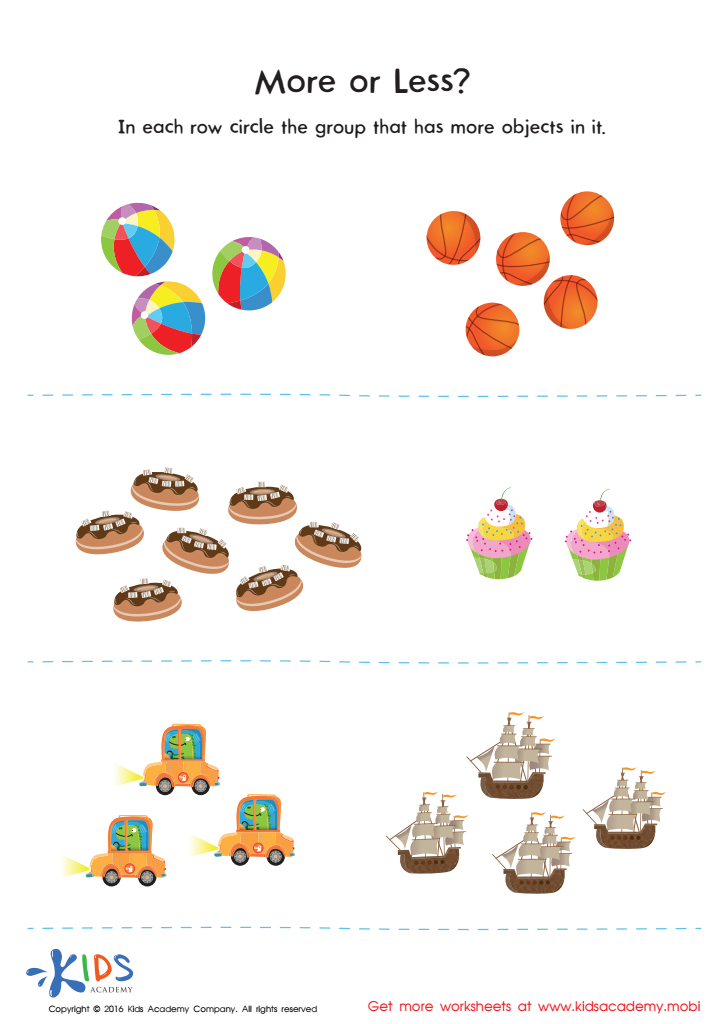

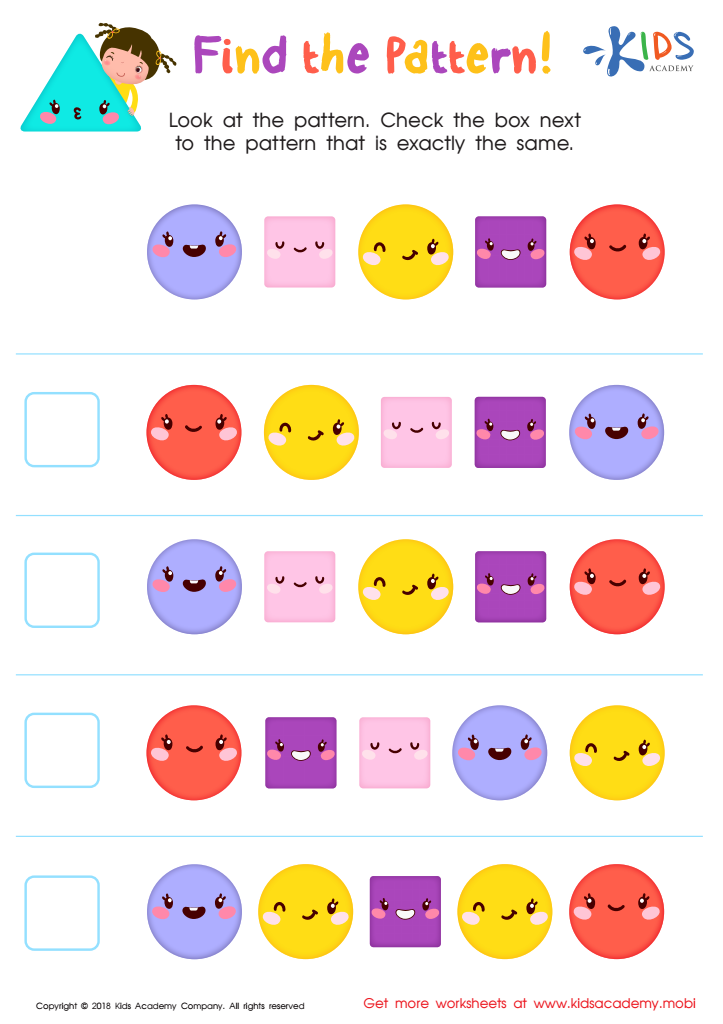

Find the Pattern Worksheet
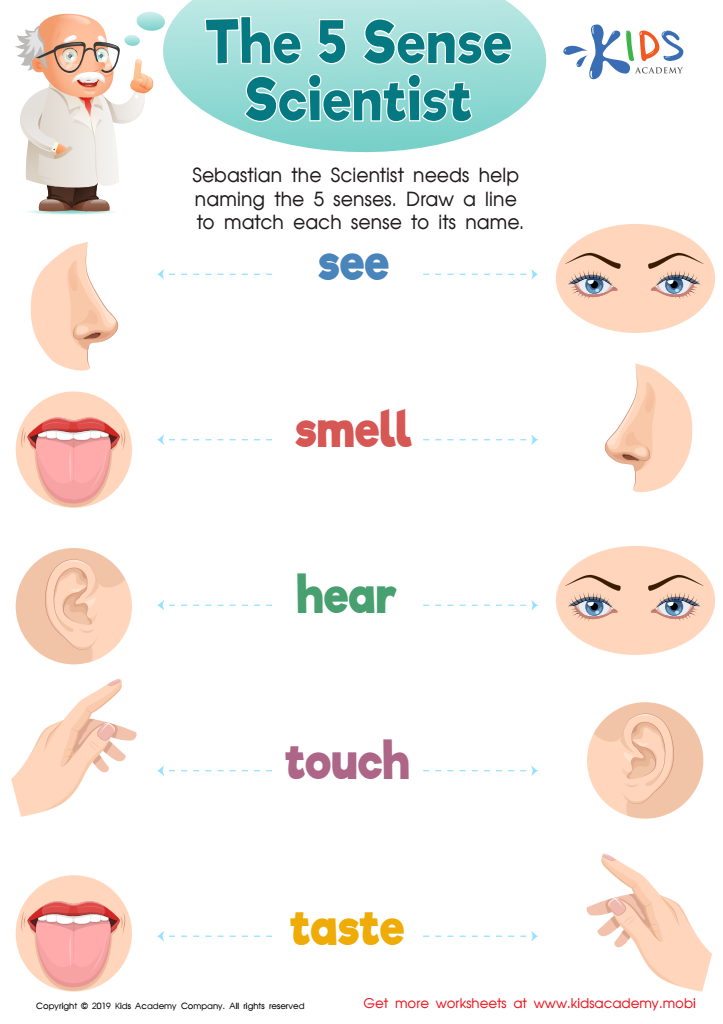

The 5 Sense Scientist Worksheet
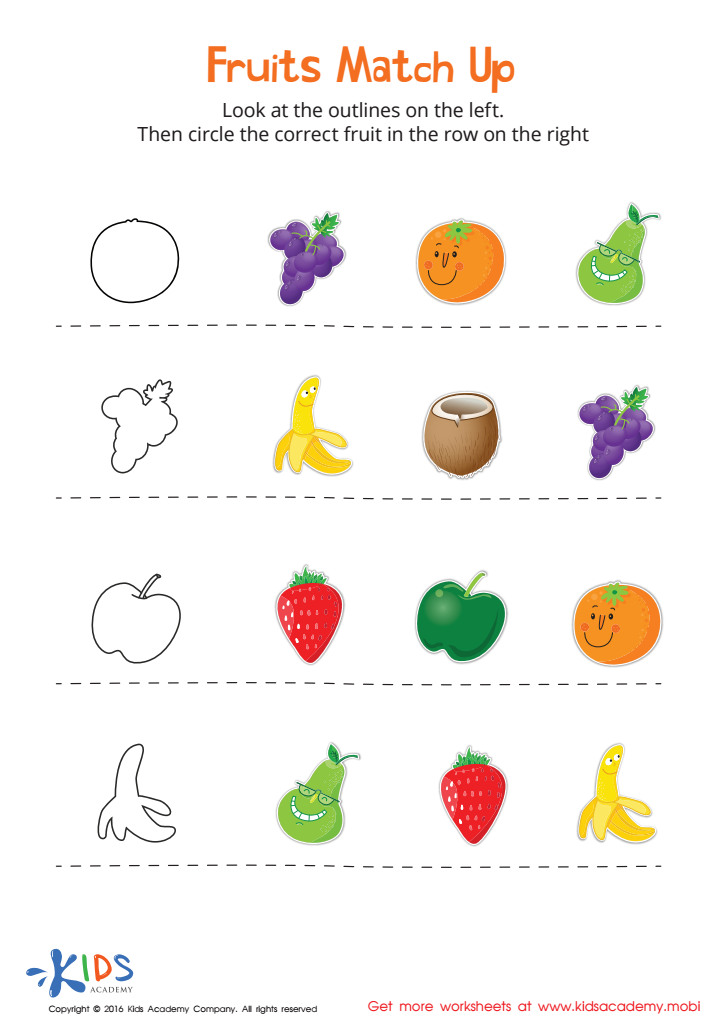

Fruits Match Up Worksheet


Baby Animals Match-Up Worksheet


Count and Match Points 6 Math Worksheet
Matching activities for children ages 3-8 play an essential role in early childhood development, making them vital for parents and teachers. At this age, children are rapidly developing cognitive, motor, and social skills. Engaging in matching games encourages critical cognitive abilities like pattern recognition, memory enhancement, and problem-solving skills. When children match objects, letters, numbers, or images, they actively process information and strengthen neural connections that form the basis for more complex learning later.
Moreover, these activities promote fine motor skills as children manipulate objects, identify similarities, and refine their hand-eye coordination. Socially, matching games can foster collaboration and teamwork when played in groups, teaching children how to share, take turns, and communicate effectively.
For parents, implementing matching activities can create quality bonding moments that reinforce learning in a fun and engaging environment. For teachers, integrating these activities into lesson plans can enrich the classroom experience and align with educational standards.
In short, matching activities are not just games; they are foundational experiences that support holistic upbringing, laying the groundwork for future learning and social behavior, reinforcing why both parents and teachers should prioritize them in child development.

 Assign to My Students
Assign to My Students
